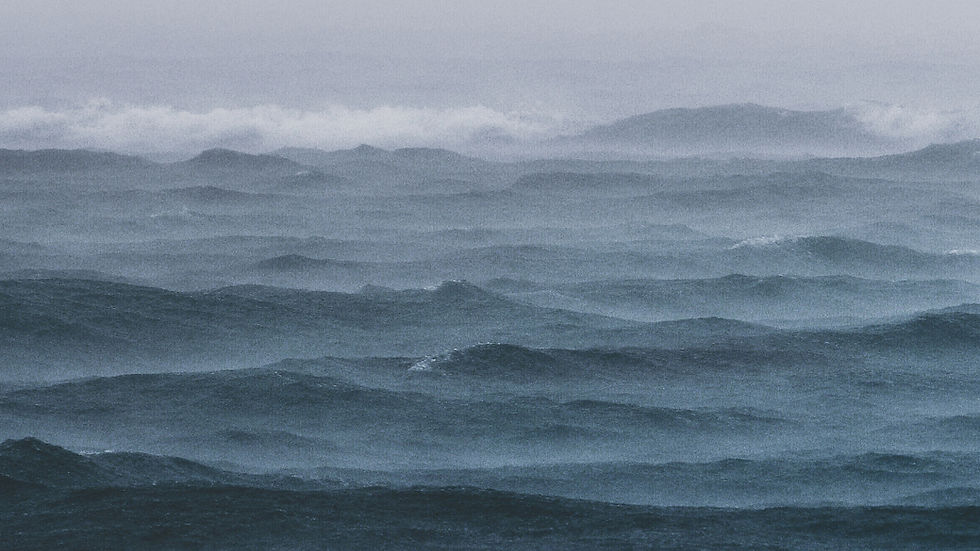Donna Faulkner

The Witchcraft Act of 1563 made any act of witchcraft punishable by death1but prior to 1590 witch trials in Scotland were relatively unheard of. However the North Berwick Witch trials of 1590 would become the catalyst for a burgeoning psychosis that subverted a nation's senses. It was the first large-scale prosecution of its type in Scotland.
In the hundred and fifty years that followed some 3,837 people were accused of witchcraft in Scotland. Although the actual number is unknown some estimates suggest around 60 percent of those accused of witchcraft could well have been executed
Instrumental in lighting the blue touch paper of witch hysteria in Scotland were King James, and the deputy bailiff in Tranent David Seton. Their first victim, the unfortunate Gillies Duncan.
The King had come to believe that the devil and witches had conspired to raise a storm to sink his ships in an attempt to kill him and his new bride. As a result 50 people were eventually executed for endangering the life of the King.
The accusations of treason in the North Berwick witch trials saw Lord Bothwell, long time adversary to the King, charged with trying to arrange the King’s death through sorcery. His connections with two of the accused witches, Barbara Napier and Ritchie Graham, were used in evidence against him. He was imprisoned in Edinburgh Castle on 15 April 1591 but later escaped.
Through the witch trials, the young maid servant Gillie Duncan’s fate became tragically embroiled with King James and his preoccupation with witchcraft. Taking a personal interest in the North Berwick witch trials, the King sat through the trials and torture of the witch’s accused. When hearing the tortured and fantastical testimony of Agnes Sampson, including that Gillies had played the Jews Harp for the Devil, he summoned Gillies to Holyrood to play the Jews harp for him. Making her play the reel she had supposedly performed to the Devil and the witches at North Berwick.
In demoralizing fashion Gillies became the first person to play the Jews Harp before a reigning monarch.
Gillies had been a young maid working for David Sutton. She had a proclivity for helping others, with a knowledge of herbs and healing. This coupled with her frequent absence from her quarters on an evening gave David Sutton sufficient suspicion that he housed a witch in his midst.
She would not confess despite being interrogated and tortured. Her fingers mangled by periwinkles, she then endured being ‘thrawed’ with rope. Her eventual confession and implication of other soi-disant witches only came when she was stripped naked and searched. With her accusers revealing the so-called ‘devil's mark’ on her throat .
Most of what we know of Gillies Duncan comes from the 1590 pamphlet ‘Newes from Scotland’ specially commissioned by King James. It provided details of three accused witches of North Berwick and vivid descriptions of the torture used to extract their confessions.
The first recorded account of Gillie's confession and arrest was in May 1590, she was imprisoned at Old Tolbooth prison in Edinburgh. There she was questioned repeatedly before her eventual execution .
Gillies Duncan retracted her confession to witchcraft just before her execution. Declaring to the Public Notary that “she never knew Barbara or Euphame to be witches or to use any sorcery or witchcraft in any of the places mentioned... After being questioned why she had spread these rumours…she answered that she was made to by David Seton, and that these were all lies, for which she begged God’s forgiveness”.
Gillies and the others accused were still executed despite her denial. Gillies Duncan was a young maid who excelled at healing. With tragic consequences she became unwittingly embroiled in a King’s paranoia around witchcraft, a suspected assassination attempt and strategic manoeuvring by political fractions.
Gillies Duncan was executed on 4 December 1591 for the crime of witchcraft. Her burned ashes, like the many more that followed, languished on Castle hill .
King James' crusade against witchcraft continued. He made extensive use of his involvement and interest in the North Berwick Witch Trials by publishing Daemonlogie, a manual for identifying witchcraft. Through Daemonlogie the King sought to prove unequivocally that witchcraft and magic were a genuine threat to society and to provide the details for punishing those dabbling in these dark arts. Shakespeare would later commandeer ideas from this book for the witch lore in Macbeth.
Donna Faulkner née Miller:
On this day 1590: James VI lands at Leith and prepares to launch witch hunts across Scotland (scotsman.com)
Comments